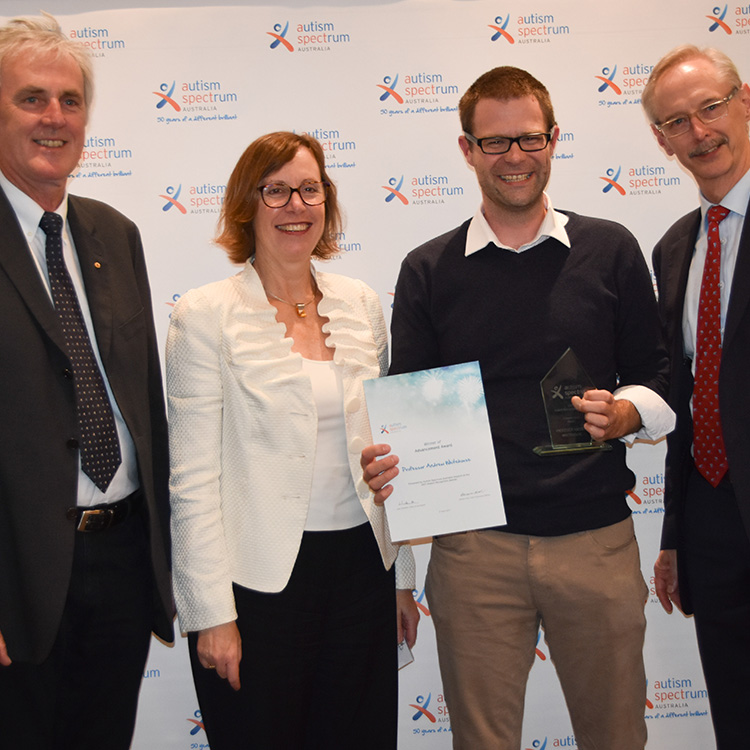Search
Research
Few sex differences in regional gray matter volume growth trajectories across early childhoodSex-specific developmental differences in brain structure have been documented in older children and adolescents, with females generally showing smaller overall brain volumes and earlier peak ages than males. However, sex differences in gray matter structural development in early childhood are less studied. We characterized sex-specific trajectories of gray matter volume development in children aged 2–8 years.
Research
Hypertensive diseases of pregnancy predict parent-reported difficult temperament in infancyThese data suggest that the link between maternal hypertensive diseases of pregnancy and child behavioral development begins in the first year of life.
Research
Does cerebral lateralization develop? A study using functional transcranial Doppler ultrasound assessingIn the majority of people, language production is lateralized to the left cerebral hemisphere and visuospatial skills to the right.
Research
Maternal Serum Vitamin D Levels During Pregnancy and Offspring Neurocognitive DevelopmentNew research links poor language to lack of Vitamin D in womb.
Research
Where were those rabbits? A new paradigm to determine cerebral lateralisation of visuospatial memory function in childrenIn the majority of people, functional differences are observed between the two cerebral hemispheres: language production is typically subserved by the left...
Research
CNTNAP2 variants affect early language development in the general populationWe tested the hypothesis that these CNTNAP2 variants affect communicative behavior, measured at 2 years of age in a large epidemiological sample...
Research
Inner speech impairment in children with autism is associated with greater nonverbal than verbal skillsWe present a new analysis of Whitehouse, Maybery, and Durkin's (2006, Experiment 3) data on inner speech in children with autism (CWA).

People
Andrew WhitehouseDeputy Director (Research); Angela Wright Bennett Professor of Autism Research at The Kids Research Institute Australia; Director, CliniKids

News & Events
Autism researcher wins accolade for science videosProfessor Andrew Whitehouse has been awarded an Autism Spectrum Australia Recognition Award for his work communicating scientific findings to families.
